This human-sized robot gives hugs.
Category: robotics/AI – Page 2,409
Mobile Robots Cooperate to 3D Print Large Structures
A team of robot arms on mobile bases can 3D print large structures quickly.
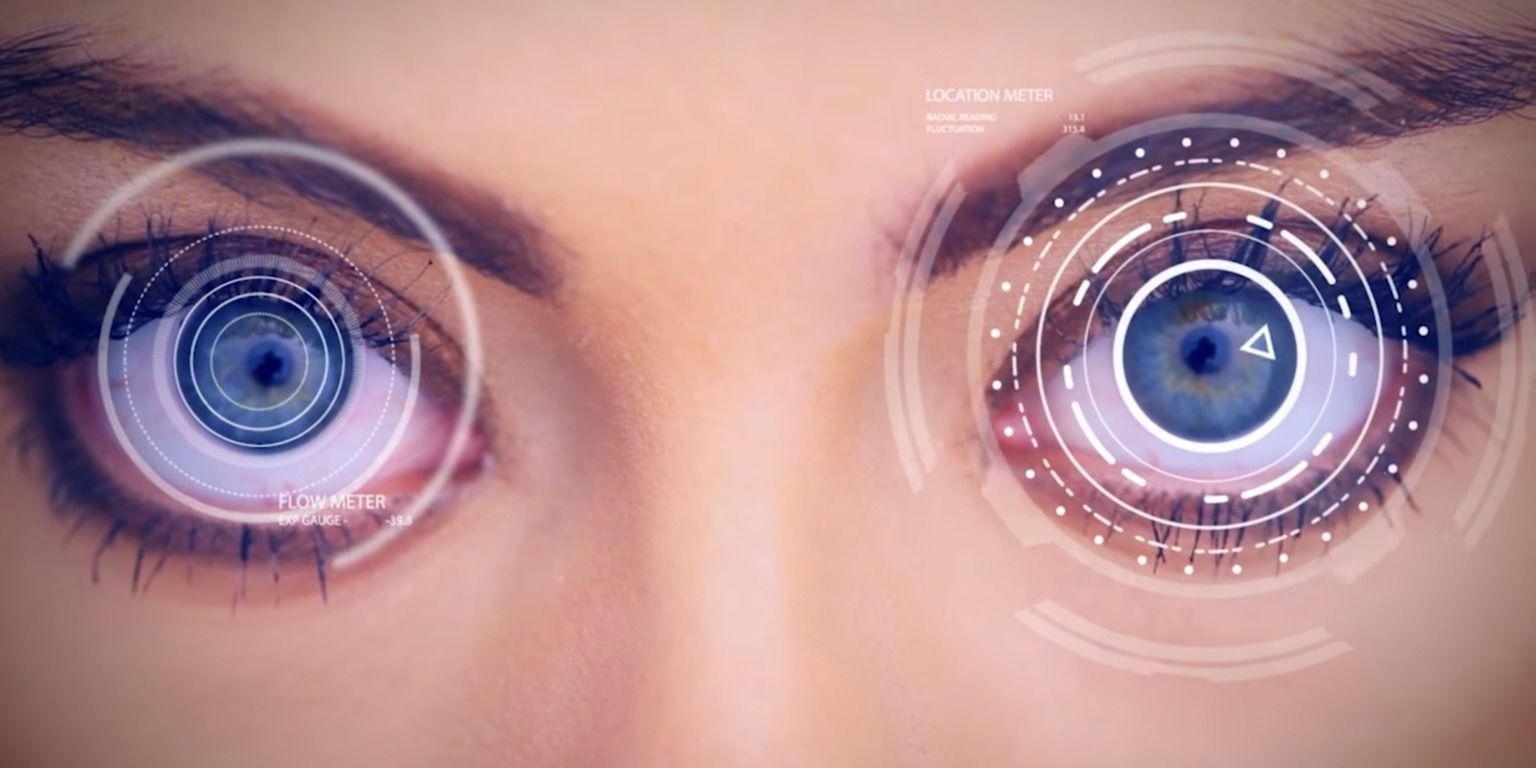


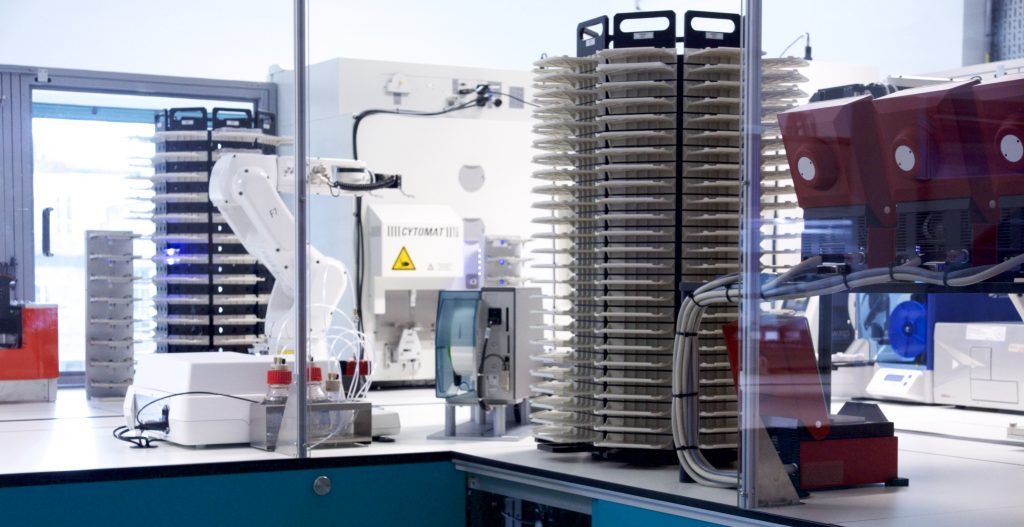
Towards data-driven biotechnology
Data centers are the new oil refineries, argues The Economist. Where black sludge and steam once marked the beating heart of the economy, now blinking servers laced with fiber optic cables indicate where the action is.
Biotechnology — like all other industries — must adapt. Synthetic biology teams that embrace modern tools like cloud computing, professionally built software, and laboratory automation will save time, reduce errors, streamline complex workflows, and maintain their agility in the digital economy. Those who fail to adopt new tools will be primed for disruption.
Software is already an integral part of biological research, but most scientific apps lag far behind the rest of the digital frontier. As the software giant Autodesk puts it:
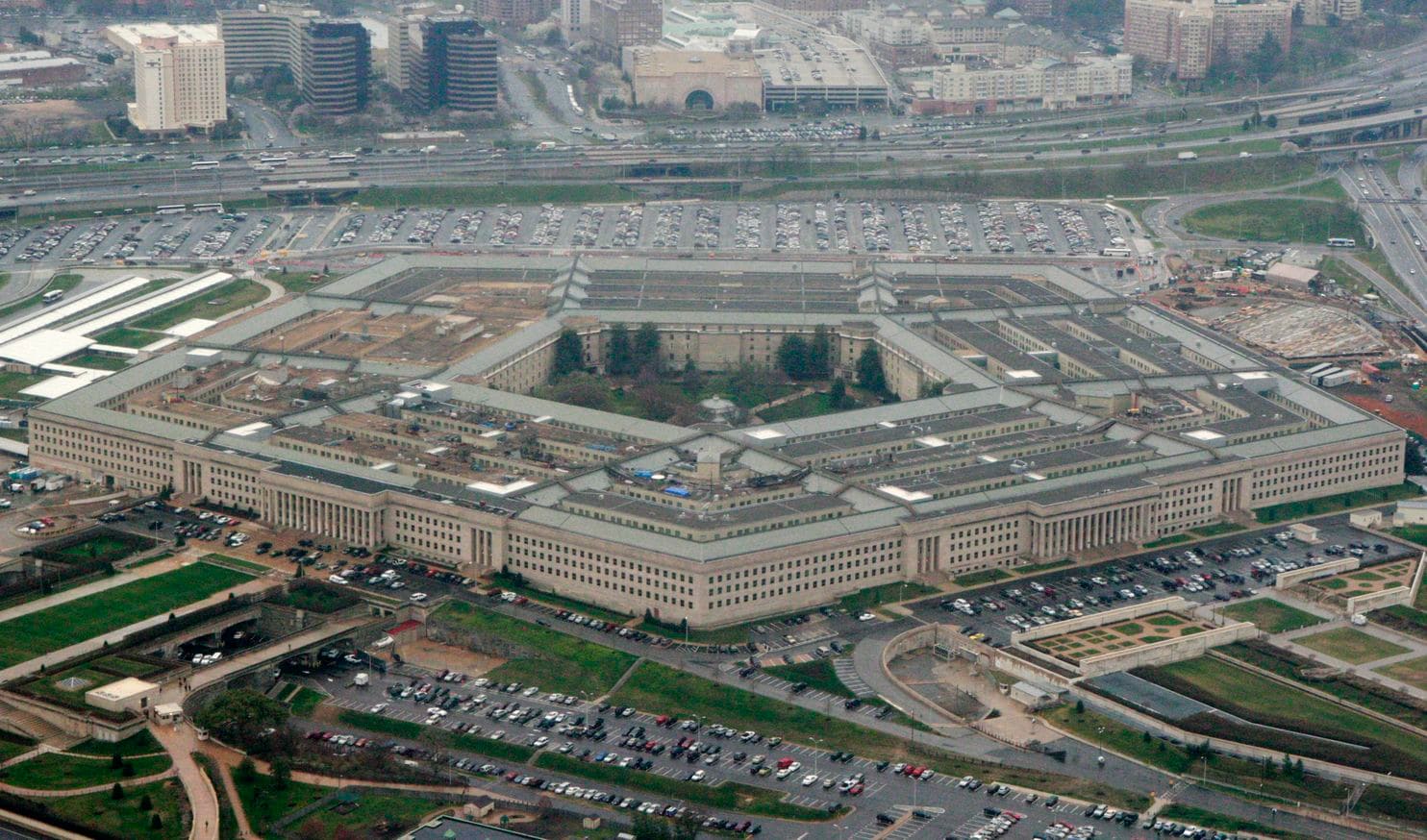
Defense Department pledges billions toward artificial intelligence research
The military’s research arm said Friday it will invest up to $2 billion over the next five years toward new programs advancing artificial intelligence, stepping up both a technological arms race with China and an ideological clash with Silicon Valley over the future of powerful machines.
The Defense Advanced Research Projects Agency, part of the Defense Department, said it will fund dozens of new research efforts as part of a “Third Wave” campaign aimed at developing machines that can learn and adapt to changing environments.
DARPA director Steven Walker announced the effort Friday to an audience from American academia, private industry and the military at a symposium outside Washington, saying the agency wants to explore “how machines can acquire human-like communication and reasoning capabilities.”
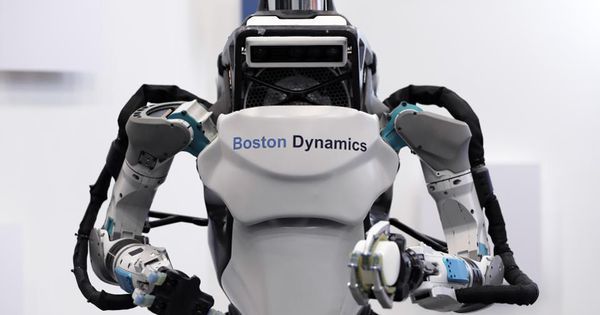
DARPA Plans To Spend $2 Billion Developing New AI Technologies
The United States Defense Advanced Research Projects Agency (DARPA) has announced that it plans to spend $2 billion on developing new artificial intelligence (AI) technologies as part of a campaign called “AI Next”. The money will be used to fund new and existing research programs at DARPA.
The US Department of Defense’s innovation agency is focusing on pushing beyond second-wave machine learning techniques towards contextual reasoning capabilities.
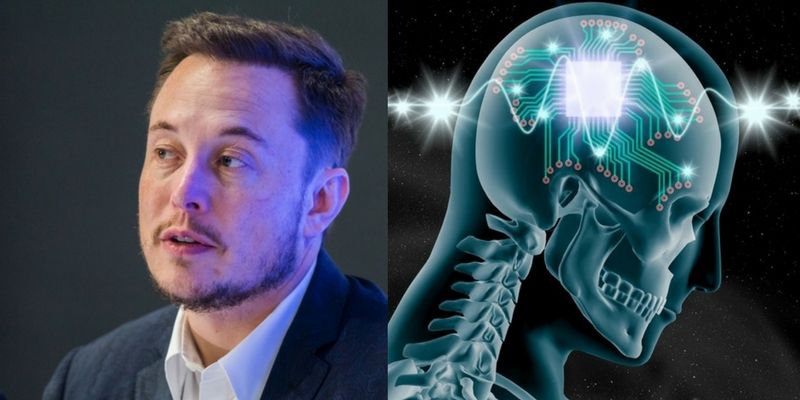
SpaceX and Tesla CEO Elon Musk teases major Neuralink update “in a few months”
In a several-hour live interview on September 6–7, Tesla and SpaceX CEO Elon Musk managed to slip in a few words about Neuralink, a side-project company formed by Musk for the purpose of bridging the gap between potential superhuman AI and the human brain itself.
Although the eccentric CEO/CTO wouldn’t say much more, he did tease a potentially revolutionary update from the fully-stealthed startup “in a few months”.
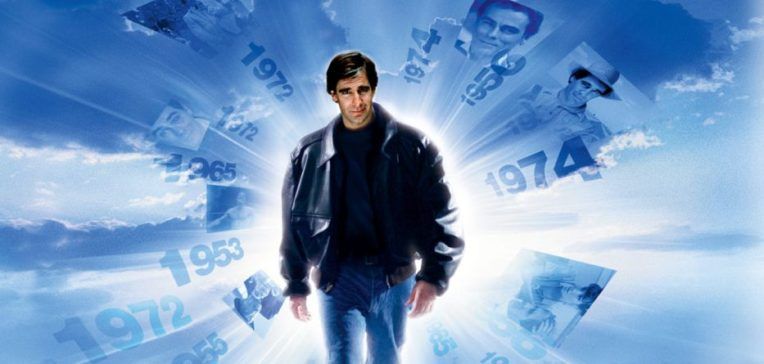
The reality of quantum computing could be just three years away
Quantum computing has moved out of the realm of theoretical physics and into the real world, but its potential and promise are still years away.
Onstage at TechCrunch Disrupt SF, a powerhouse in the world of quantum research and a young upstart in the field presented visions for the future of the industry that illustrated both how far the industry has come and how far the technology has to go.
For both Dario Gil, the chief operating officer of IBM Research and the company’s vice president of artificial intelligence and quantum computing, and Chad Rigetti, a former IBM researcher who founded Rigetti Computing and serves as its chief executive, the moment that a quantum computer will be able to perform operations better than a classical computer is only three years away.